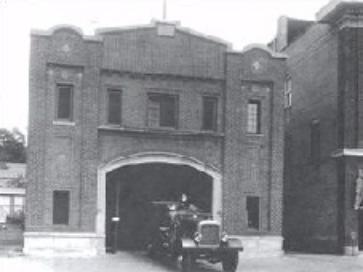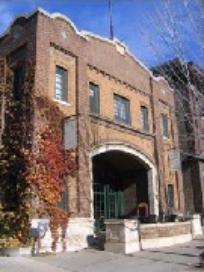Fire Station 28 reflects the final expansion of the city’s services to the edges of the city. It also was the first fire station built for motorized equipment instead of horse-drawn.
From 1900 to 1920, the population of Minneapolis nearly doubled from 202,718 to 380,582. The streetcar system expanded throughout the city. People began to move farther away from the central business district. Linden Hills developed from a remote lakeside community into an urban neighborhood. A commercial district emerged at 43rd Avenue West and Upton Avenue South.
As residents built year-round homes, they needed expanded city utilities and services. The city paved streets, added curbs, and extended sewer and water lines. The Lake Harriet Public School was built in 1898. A branch library opened in 1911 in a leased location. This fire station opened in 1914. A permanent library was later constructed in 1931.
Fire Station 28 was one of the last two fire stations to be established in Minneapolis. The building has some Classical Revival details, including the arched opening for the vehicle entrance, shaped parapet along the roofline, and decorative brickwork. Downs and Eads designed it and many other buildings in the city. The first floor housed the equipment and repair shop. Motorized equipment took up less space and care. It decreased response time and increased service areas. Firefighters had quarters upstairs. The fire station closed in 1992.



